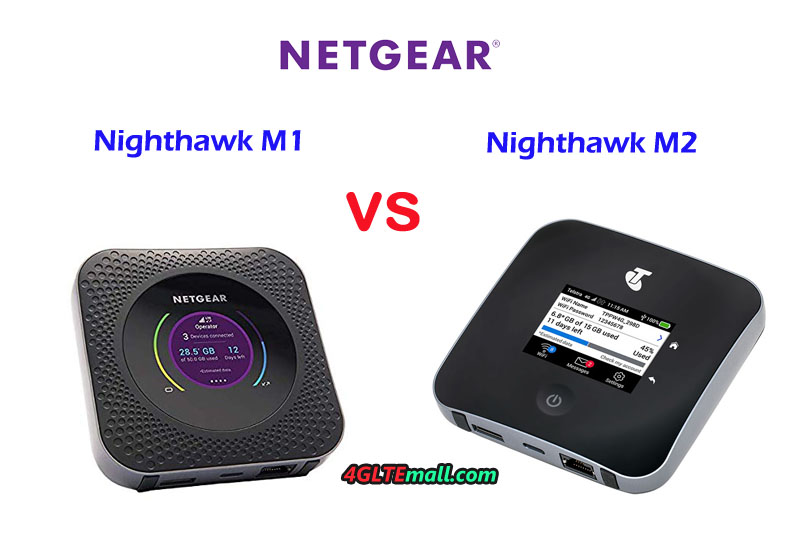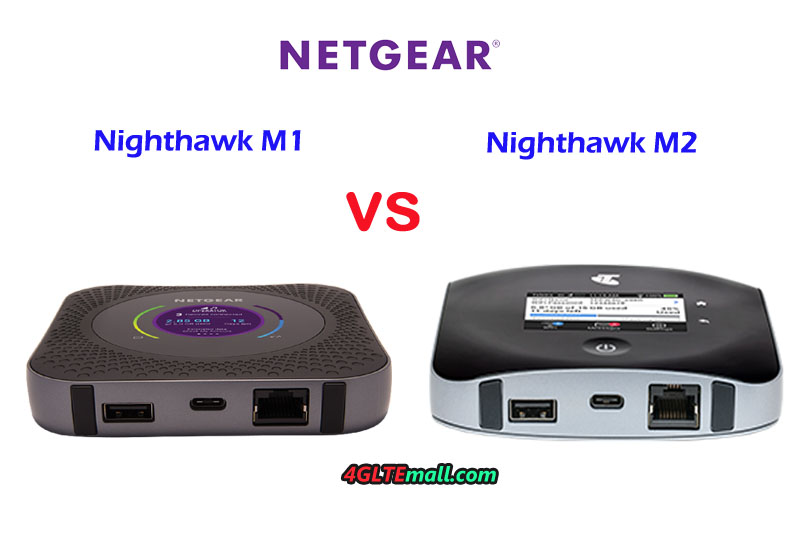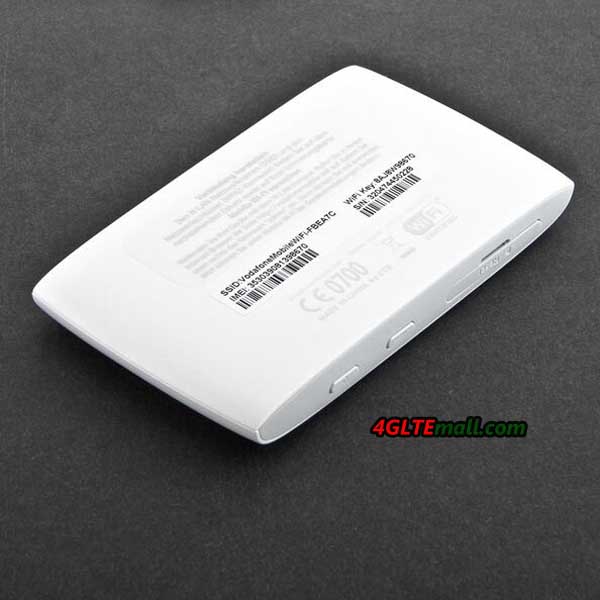4G WiFi Router
-
Netgear Nighthawk M2 MR2100 Gigabit LTE Router
Netgear now also offers the world's fastest mobile LTE hotspot – Netgear Nighthawk M2 with the model number MR2100. The Nighthawk M2 MR2100 allows downlink speeds of up to 2 gigabits per second. This makes it twice as fast as its predecessor Netgear Nighthawk M1 (MR1100) in 2018.
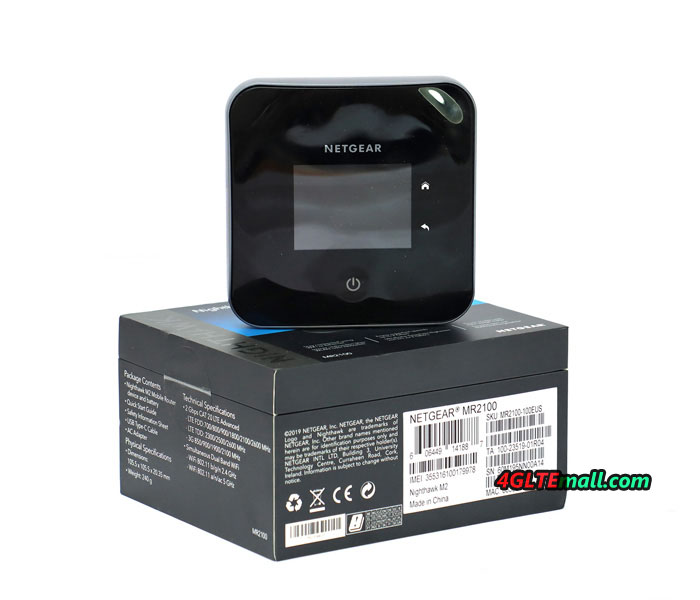
Qualcomm Snapdragon X24 LTE modem
Responsible for the high speeds is the most modern and powerful LTE modem that Qualcomm currently offers: the Snapdragon X24. In addition to 2 Gbit/s in the downlink (LTE Cat20), up to 150 Mbit/s in the uplink (LTE Cat13) are supported.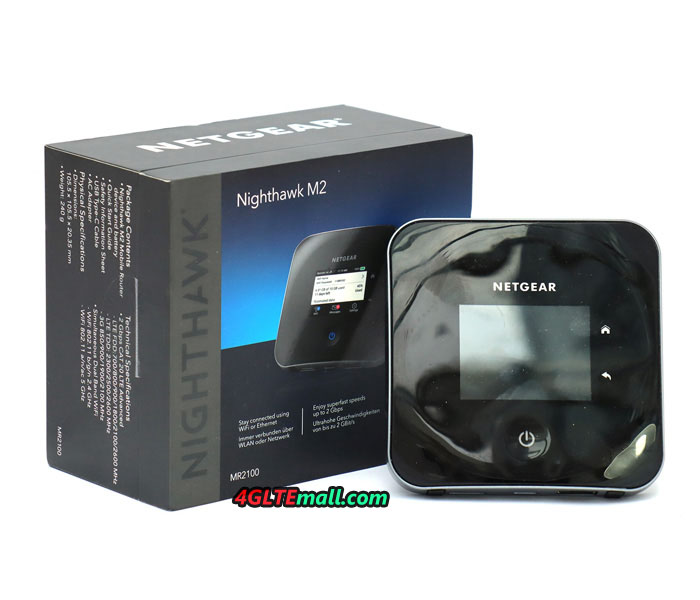 The speeds are made possible by the combination of different mobile technologies. For example, up to 5 frequency bands in the downlink and up to 2 in the uplink can be bundled (carrier aggregation). The support of 256QAM modulation as well as support of 4 × 4 MIMO antenna technology also contributes to the speed increase.
The speeds are made possible by the combination of different mobile technologies. For example, up to 5 frequency bands in the downlink and up to 2 in the uplink can be bundled (carrier aggregation). The support of 256QAM modulation as well as support of 4 × 4 MIMO antenna technology also contributes to the speed increase. 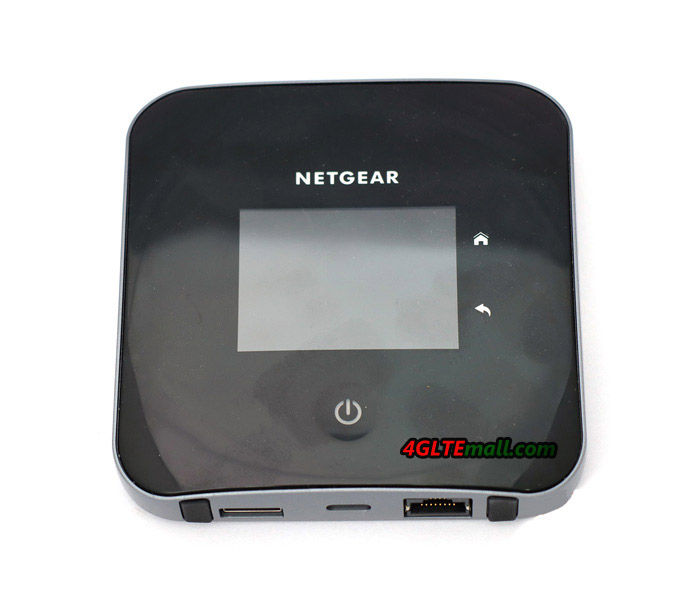 How fast the Netgear Nighthawk M2 is in the mobile networks, however, also depends on other factors such as network expansion and network utilization. Some network providers already offer some sites with 4 × 4 MIMO, 256QAM and multiple carrier aggregation, so that in certain situations, the modem performance can be used in any case.
How fast the Netgear Nighthawk M2 is in the mobile networks, however, also depends on other factors such as network expansion and network utilization. Some network providers already offer some sites with 4 × 4 MIMO, 256QAM and multiple carrier aggregation, so that in certain situations, the modem performance can be used in any case. 
Gigabit at LAN and WLAN
The Netgear Nighthawk M2 is a high-end 4G LTE router, so the price of Nighthawk M2 is higher than current 4G mobile routers. And the other technical features are also good. On the front there is a touch screen for operation; further settings can also be made via web interface.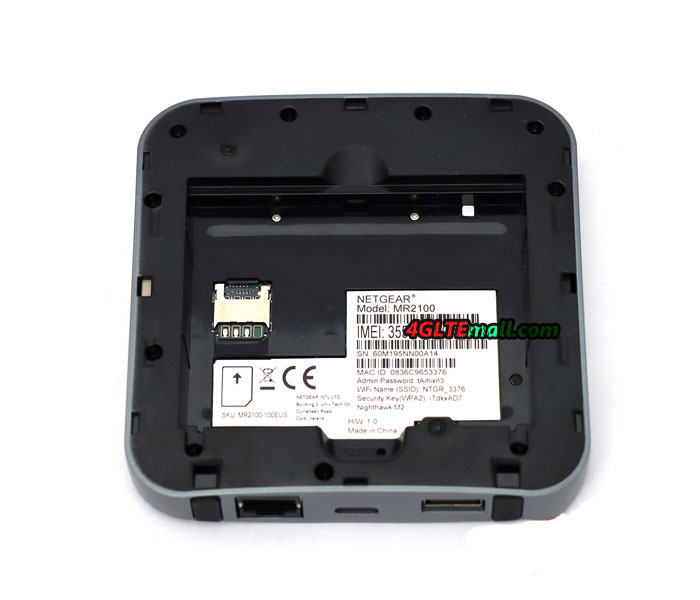 Gigabit WLAN is available at 2.4 GHz and 5 GHz for connection to end devices and up to 20 devices can be connected simultaneously via WLAN. There is also a RJ45 Gigabit LAN port. If required, this can also be used as a WAN connection and thus replace the mobile radio modem. Other connections: a USB type C port for charging the battery and for connecting to a computer and a USB type A port for charging other devices (power bank function) as well as for NAS functions.
Gigabit WLAN is available at 2.4 GHz and 5 GHz for connection to end devices and up to 20 devices can be connected simultaneously via WLAN. There is also a RJ45 Gigabit LAN port. If required, this can also be used as a WAN connection and thus replace the mobile radio modem. Other connections: a USB type C port for charging the battery and for connecting to a computer and a USB type A port for charging other devices (power bank function) as well as for NAS functions. 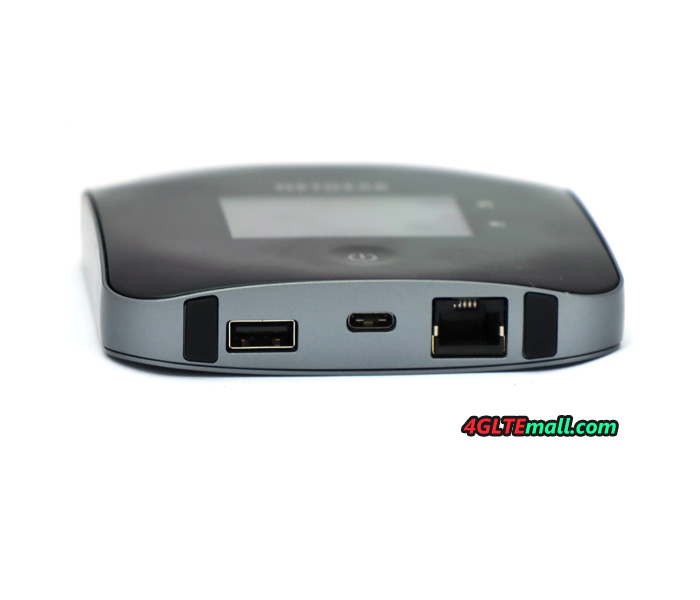 On the side of the Netgear Nighthawk M2 are two TS-9 ports ready for an external UMTS or LTE external antenna. (If you need the 4G External antenna for Netgear Nighthawk M2, welcome to click: https://www.4gltemall.com/netgear-nighthawk-m2-external-antenna.html ). This can be very helpful in poor reception areas to improve connection quality. These features follow the predecessor Nighthawk M1 but very practical and helpful.
On the side of the Netgear Nighthawk M2 are two TS-9 ports ready for an external UMTS or LTE external antenna. (If you need the 4G External antenna for Netgear Nighthawk M2, welcome to click: https://www.4gltemall.com/netgear-nighthawk-m2-external-antenna.html ). This can be very helpful in poor reception areas to improve connection quality. These features follow the predecessor Nighthawk M1 but very practical and helpful. 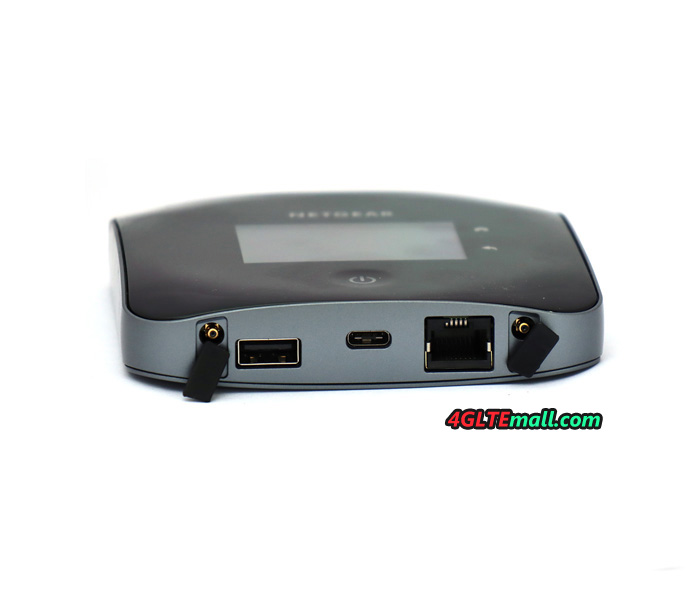
For world travel only partially suitable
With dimensions of 105 x 105 x 20 millimeters and a weight of around 240 grams, the Netgear LTE Hotspot is well suited for mobile use. The replaceable 5040 mAh strong battery allows a long operating time away from the power outlet. For worldwide use of the Nighthawk M2, however, is only partially suitable, as a look at the supported frequency ranges shows. The Nighthawk M2 cannot use important LTE bands for the North American market, and the band 32 (1500 MHz), which is available in many European countries, is not supported.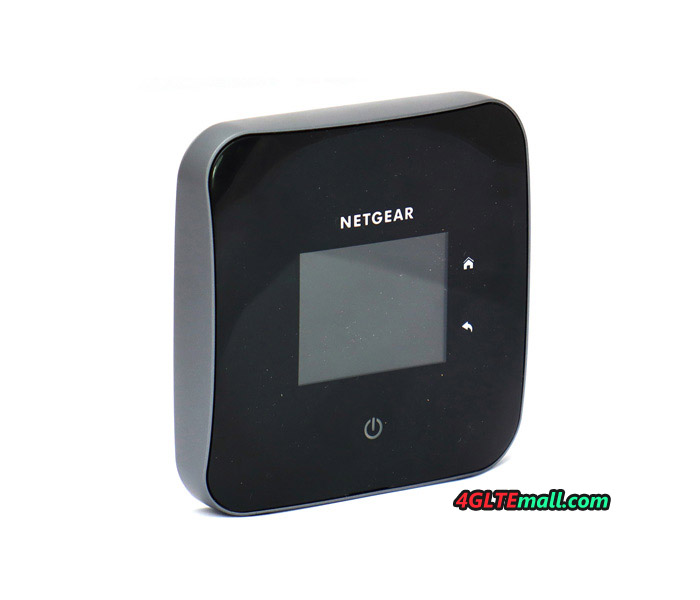
Price and availability
The Netgear Nighthawk M2 is available in many online stores without a contract and without a SIM lock. The device can be ordered online from various electronics distributors such as 4gltemall.com or via the local mobile phone retailer. Here now only very few network providers such as Telstra in Australia had offered this new mobile hotspot.PR -
Netgear Nighthawk M2 - Fastest LTE Router Test
Earlier this year, Netgear introduced the Nighthawk M2, a new mobile hotspot that transforms UMTS or LTE-based Internet access into a Wi-Fi hotspot to provide wireless network for multiple devices such as smartphones, tablets or laptops. The successor of the Nighthawk M1 supports LTE Cat. 20 and in theory allows data transfer rates of up to 2 Gbit/s downstream and 150 Mbit/s upstream.
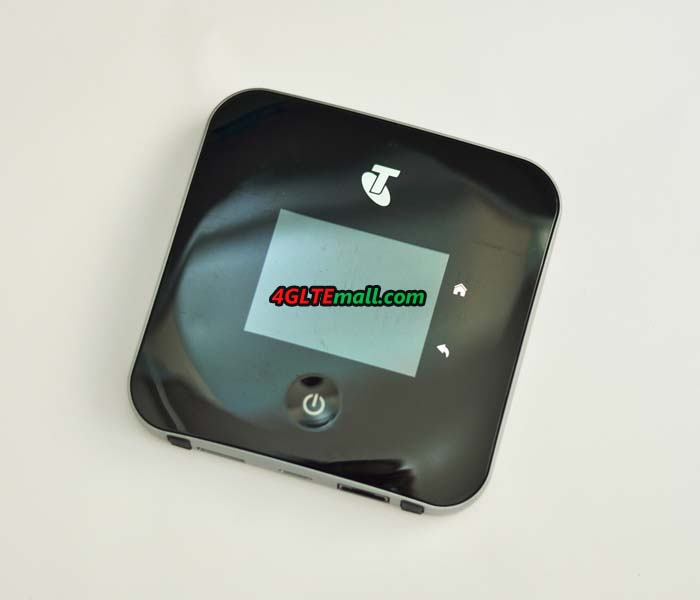
In practice, there are hardly any 4G networks supporting such high data transfer rates. Is still worth the purchase of the mobile hotspot, which is not a bargain with a purchase? We had the opportunity to put the heavy square device to a thorough test.
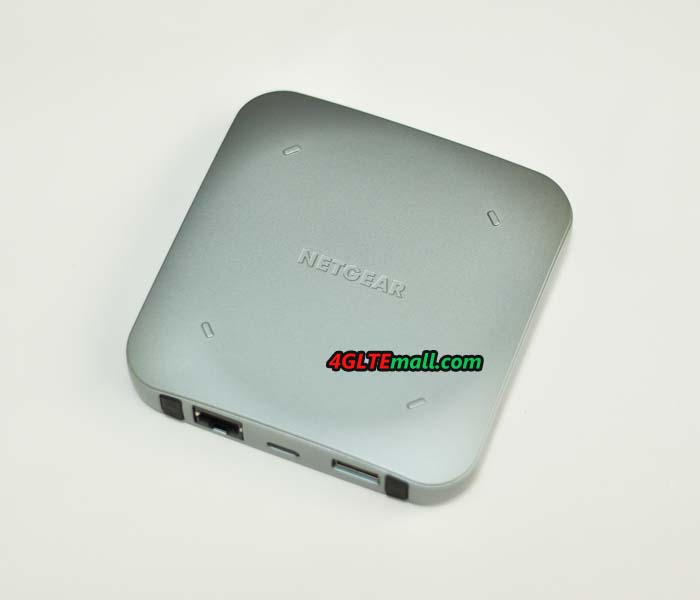
The Netgear Nighthawk M2 mobile router comes in a convenient package. In addition to the router itself, there is the battery and a quick start guide with the power supply and connecting cable. The supplied battery has a capacity of 5040 mAh. The WLAN standards 802.11a, b and g are supported. The 4G mobile hotspot is working on 2.4 and 5 GHz. The Netgear M2 has a USB-A and USB-C as well as an Ethernet interface. There are also connection options for external antennas (Buy Netgear Nighthawk M2 External Antenna). The LAN port can be used to use a wired Internet access instead of the mobile modem and to redistribute it via WLAN.
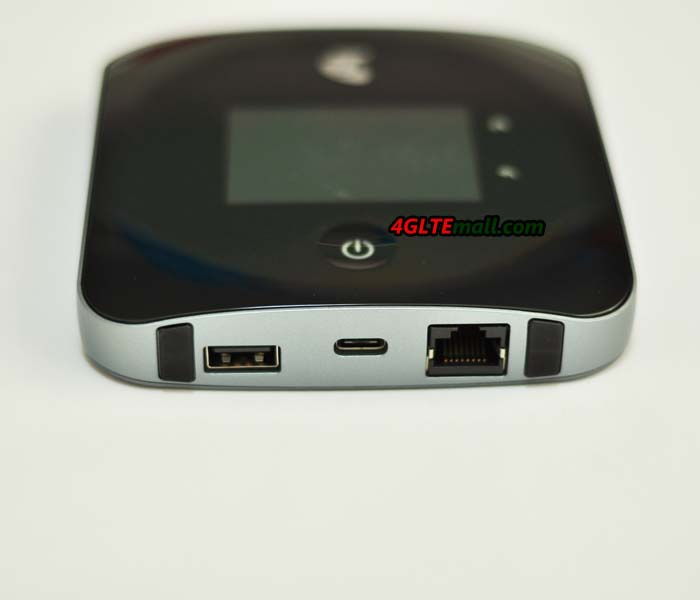
Good workmanship and shiny surface
The processing of the Netgear 4G mobile router is impeccable. You can argue about the shiny surface. Here you can see very clear fingerprints very quickly, especially since the Nighthawk M2 has a touch screen, so it regularly gets into the embarrassment of touching the display. The complete initial setup can also be made via the touch-sensitive screen. A separate app or the web-based access to the M2 pocket WiFi router menu is possible, but not mandatory.
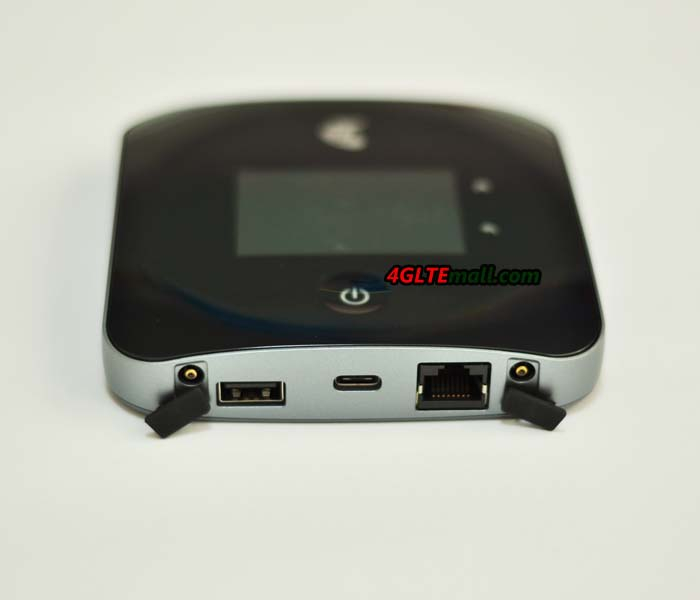
We have set up the router right on the touchscreen made, which was not easy. For one thing, the virtual keyboard is quite small due to the display size. So you always catch the wrong letter when typing. In addition, the screen does not respond as well to inputs as used by higher quality smartphones. If the setup of a network identifier (SSID) and the associated password worked quite well, then setting a (somewhat complicated) administrator password was not possible on the second attempt, so we skipped this step and later have made on the configuration via the Netgear Mobile App.
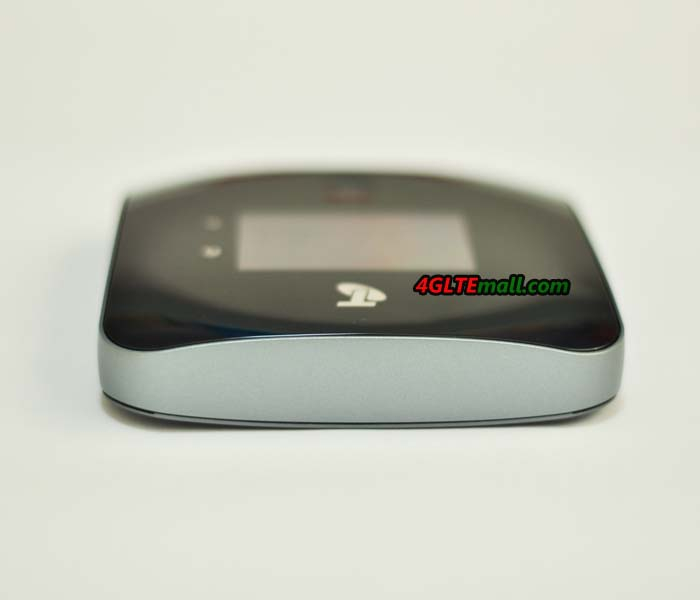
After the initial setup, the Netgear Nighthawk M2 mobile hotspot was immediately ready for use. The configuration for SIM cards is made automatically. As soon as the MiFi was set up, the availability of a firmware update was already displayed. We have installed this over the existing LTE data connection. In the process, around 160 MB of data was transferred. What changes the update brings is unknown. The internet connection via the Netgear Nighthawk M2 was very stable in the test for several hours. It did not matter if we used an Apple iPhone XS Max, a Samsung Galaxy S10+ or an Apple MacBook Pro.
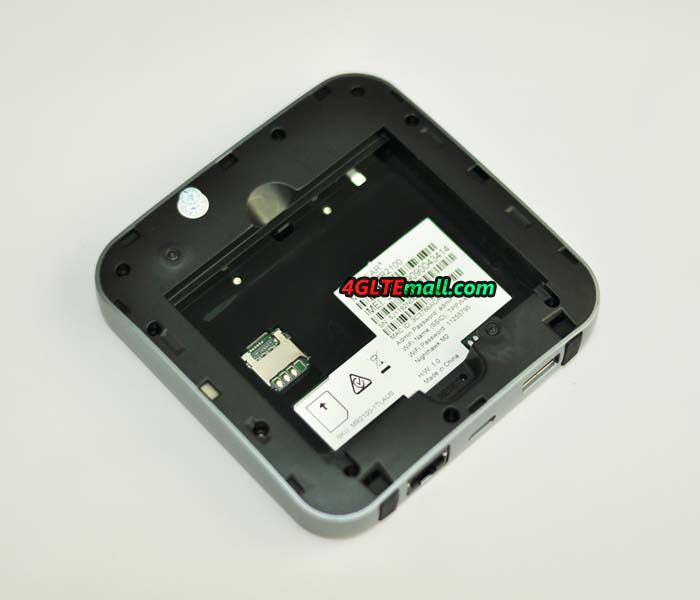
The display of the router shows the current data consumption, the ID of the SIM card provider and the network technology used. There is also a small S-meter, which provides information about the quality of mobile reception. The battery level is also displayed. By default, you can also find the names of the Wi-Fi hotspot and the password via the touchscreen. This display can be deactivated if desired. Numerous settings are possible via the touchscreen menu. First, there is a WPS function. Then the user can limit the hotspot to one of the two WLAN frequency ranges (2.4 or 5 GHz). The connected devices can be displayed and, for example, you can specify whether the hotspot is put into standby mode after a period of non-use to save battery capacity.
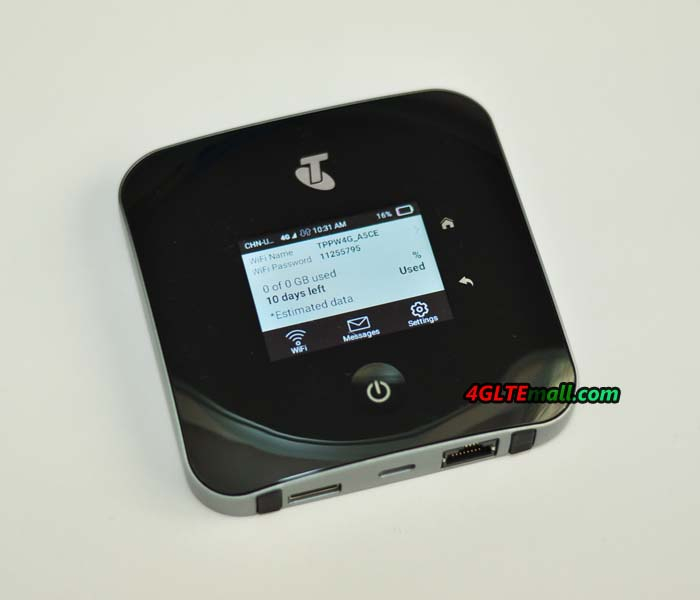
Other features
Other possibilities are the restriction of Wi-Fi hotspots to a smaller reception area in order to save battery capacity or the automatic WLAN detach when USB tethering is used. The brightness of the display can be adjusted and the user can decide whether he wants to use the Internet access only in the home network or in international roaming. SMS messages can be sent and received via the Netgear Nighthawk M2. As we have already mentioned regarding the initial setup: The touch screen does not always respond reliably to inputs and the virtual keyboard is quite small. Apart from that, the menu is functional and intuitive to use.
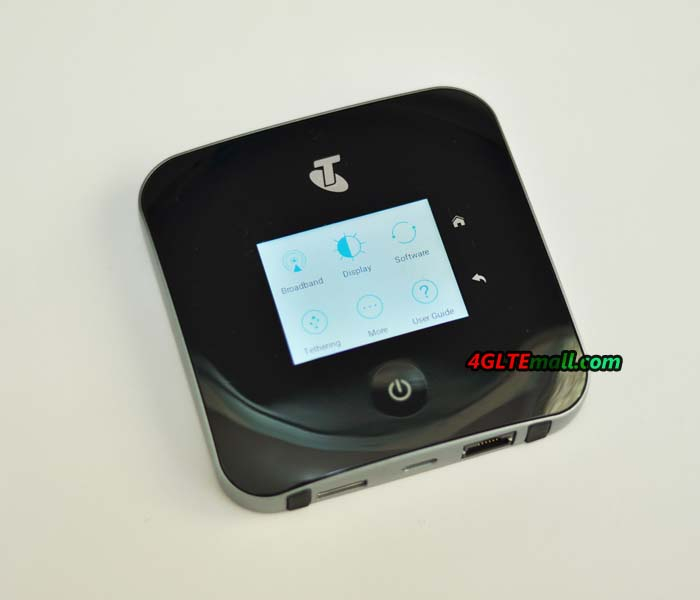
Good performance even in mobile operation
With a SIM card from Vodafone, we have achieved data transfer rates of up to 110 Mbps in the downstream and 61 Mbps in the upstream. This is far from the peak speeds that the Netgear Nighthawk M2 allows, but is more or less equivalent to what the mobile telecom Internet access does with the smartphone. Even in mobile mode, such as a Wi-Fi hotspot in the car, the router performed well in the test. At speed 120Mbps on the highway, the performance of Internet access was still fine. Compared to a WLAN adapter such as the Huawei E8377 CarFi, the Netgear device earns more scores by the possibility to connect an outdoor LTE antenna. In regions with bad LTE coverage, a magnetic base antenna on the car roof provides a significant improvement in reception, which also affects the performance of Internet access.
Conclusion: Good hotspot with slight weaknesses
Although Netgear Nighthawk M2 is well-made and provides stable Internet access for up to 20 devices, flaws such as the only moderately good touchscreen provides bad experience for users. For almost half of the purchase price, the Netgear Nighthawk M1 is available, which supports data transfer rates of up to 1 GBit/s via LTE, more than what the nets usually give out, so this model offers the much better price/performance ratio.
-
Netgear Nighthawk M2 MR2100 VS M1 MR11001 MR1100
To meet the requirements from 5G network, Netgear presented a new mobile WiFi hotspot Nighthawk M2 for the Australian network provider Telstra and carriers in Europe. Netgear Nighthawk M2 is an ultra-fast portable WiFi router with next-generation Gigabit 4G LTE connectivity with a download speed of up to 2 Gbps. The Netgear Nighthawk M2 5G router is upgraded from the predecessor Nighthawk M1, so you may ask what’s the difference between Netgear Nighthawk M2 and M1?
In the table below, you will see the details specs of Netgear Nighthawk M2 unlocked and Nighthawk M1 unlocked for your reference:
Model Netgear Nighthawk M2 Netgear Nighthawk M1 Product type 5G Mobile Hotspot 4G LTE Mobile Hotspot Category LTE Cat.20 LTE Cat.16 Chipset Qualcomm Snapdragon X24 Qualcomm MDM9x50 Data rates DL 2Gbps/UL 150Mbps DL 1Gbps/UL 100Mbps Supported 4G LTE frequency bands -- Telstra Nighthawk M2 MR2100-1TLAUS: Band 1/3/7/8/28 -- Nighthawk M2 MR2100-100EUS: Band 1/3/7/8/20/28/38/40/41 -- Hong Kong Nighthawk M2: LTE Band 1/3/8/20/29/30/38/40/41 -- Telstra Nighthawk M1: Band 1/3/7/8/28 -- AT&T Nighthawk M1: Band 1/2/3/4/5/7/12/29/30/66 -- Hong Kong Nighthawk M1: LTE Band 1/3/8/20/29/30/38/40/41 WLAN 802.11a/b/g/n/ac, dual-band 2.4GHz & 5GHz 802.11a/b/g/n/ac, dual-band 2.4GHz & 5GHz Max support users 20 users 20 users MIMO 4 X 4 MIMO 4 X 4 MIMO Connector for external antenna Two, TS-9 jacks Two, TS-9 jacks Buy Antenna Netgear Nighthawk M2 Antenna Netgear Nighthawk M1 Antenna App management Netgear Aircard APP Netgear Aircard APP SIM type Micro SIM Micro SIM Battery Removable, 5040 mAh Removable, 5040 mAh Dimensions 105.5 x 105.5 x 20.35 mm 105.5 x 105.5 x 20.35 mm Ethernet Port * One port for LAN port(RJ-45) * One port of USB-A * One port of USB-C * One port for LAN port(RJ-45) * One port for USB 2.0 Datasheet download Netgear Nighthawk M2 Datasheet Netgear Nighthawk M1 Datasheet User Manual Netgear Nighthawk M2 Manual Netgear Nighthawk M1 Manual Other features 3GPP, Rel. 14, 5 band CA, 256QAM DL / 64QAM UL, JumpBoost 3GPP, Rel. 12, 4 band CA, 256QAM DL / 64QAM UL, JumpBoost Firmware download Nighthawk M2 Firmware Nighthawk M1 Firmware Drivers Nighthawk M2 Driver Nighthawk M1 Driver Reviews Netgear Nighthawk M2 Review Netgear Nighthawk M1 Review Price 999.00USD 459.00USD Here you can check the general comparison of Nighthawk M2 and M1:
Nighthawk M2 Mobile Router (MR2100):
- LTE CAT 20, DL support up to 2Gbps speeds - 3GPP, Rel. 14
- 5CA with 20 simultaneous Downlink layers
- 4x4 MIMO
- 256QAM DL / 64QAM UL CA 3C, 7C
- 11ac Dual band dual concurrent
Nighthawk M1 Mobile Router (MR1100):
- LTE CAT 16, DL support up to 1Gbps speeds - 3GPP, Rel. 12
- 4CA with 10 simultaneous Downlink layers
- 4x4 MIMO
- 256QAM DL / 64QAM UL CA 3C, 7C
- 11ac Dual band dual concurrent
We can see that, based on the technology improvement, Netgear Nighthawk M2 is more advanced than M1, M2 can achieve download speed up to 2Gbps while M1 only half of it. And the Nighthawk M2 has larger touch screen to 2.4 inches. Other features are very similar.
-
Alcatel LinkHub HH70 Cat7 LTE Router Review
At the IFA 2018, Alcatel presented a new LTE wireless router for the Linkhub series. The new LTE router model number is Linkhub Cat7 HH70. The Linkhub HH70 is very similar to the predecessor model Linkhub HH40 in appearance, which we had introduced before (check Alcatel Linkhub HH40 review). But there is much difference in the new HH70 linkhub.
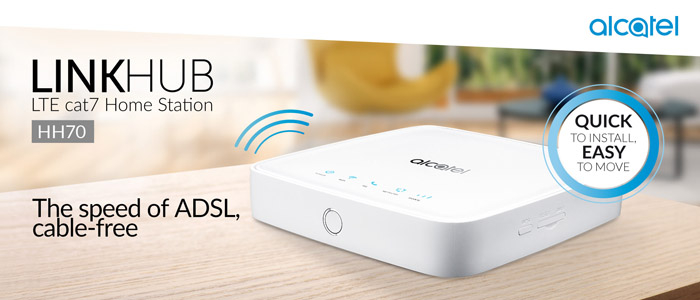
Alcatel Linkhub HH70 Appearance and interfaces
On the front, there is the Alcatel logo with five indicators for power, WiFi, telephone, network, and signal. The power button is on one edge side while the opposite side locates the power plug, one USB port, two Ethernet ports(one RJ45 for LAN/WAN and the other for LAN only), one RJ11 telephone port and two connectors for LTE antennas which are covered by two round cap. The antenna connector type is SMA-female. If you would like to buy the external LTE antenna for Alcatel Linkhub HH70, you’d better buy the external antenna with SMA-male connectors. The WPS button is at another side. The Reset button and SIM card are hidden under a cover. The SIM card slot is for NANO-SIM card size.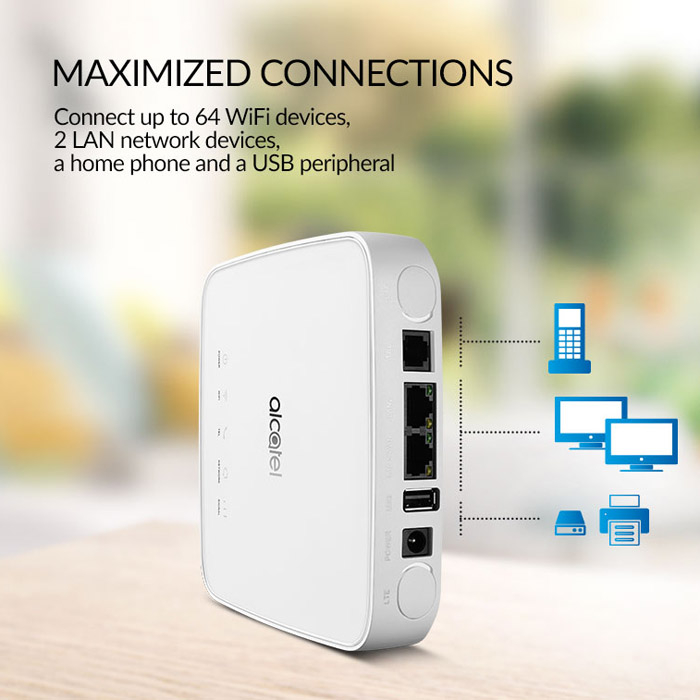
Alcatel Linkhub Cat7 HH70 Specifications
Upgrading from the Alcatel Linkhub HH40, Linkhub HH70 supports LTE cat7 which could achieve download speed up to 300Mbps and upload speed to 100Mbps based on Qualcomm MDM9240 chipset and 2CA carrier aggregation technology. And Linkhub Cat7 HH70 supports maximum WiFi users up to 64 devices while the HH40 supports only half to 32 devices. Alcatel HH70 Linkhub provides WiFi 802.11 a/b/g/n/ac on dual-band while the HH40 missing the 802.11 ac and only on single band 2.4GHz. The WiFi could cover around 250 meters, which is very strong.Like other Alcatel 4G router, Linkhub HH70 supports 4G LTE frequency bands on FDD B1/3/7/8/20 & TDD B38/B40, and the 3G UMTS network(B1/B3/B8) & 2G GSM (850/900/1800/1900MHz) are backward compatible.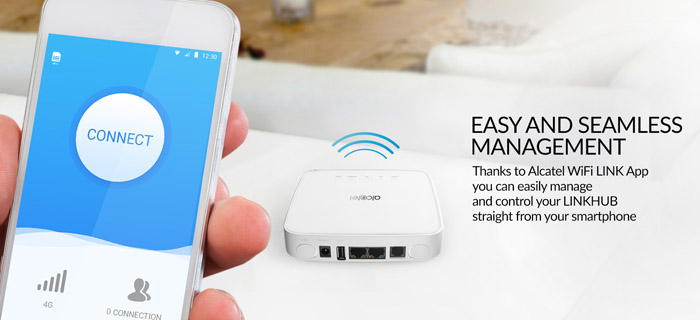 The management and control of the Linkhub HH70 could be done via the Alcatel WiFi Link APP, which could also be used with Alcatel Linkhub HH40. However, there is no integrated battery for mobile use in the Alcatel Linkhub HH70, but you can still operate the router via a corresponding power supply, for example, in the motorhome, in the car or in the house.
The management and control of the Linkhub HH70 could be done via the Alcatel WiFi Link APP, which could also be used with Alcatel Linkhub HH40. However, there is no integrated battery for mobile use in the Alcatel Linkhub HH70, but you can still operate the router via a corresponding power supply, for example, in the motorhome, in the car or in the house.
Alcatel Linkhub HH70 Availability and Price
Regarding the availability of Linkhub HH70, there is no more information to provide now. We will keep updating when we get the information about the availability and price in near future.
-
ZTE R218 4G Mobile WiFi Router Review
If you had known the ZTE MF920 4G MiFi router, you will know the ZTE R218 soon after we tell you the R218 comes from the ZTE MF920 with Vodafone customization. Vodafone introduced the MF920 to its product range and rename it as R218. The official name is Vodafone R218 Mobile WiFi and someone may also call it ZTE R218. Even though the ZTE R218 is newly presented by Vodafone the public, but the Vodafone R218 specs is not latest new comparing with other ZTE 4G LTE hotspots. Below you will see more details for the Vodafone R218 review.
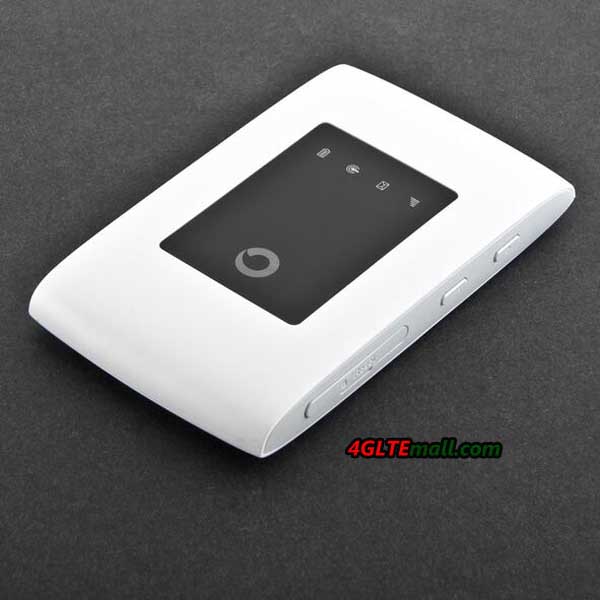 First, we list the details specs and feature for the ZTE R218 in a table:
First, we list the details specs and feature for the ZTE R218 in a table:
Features and Specs of the Vodafone R218 Manufacturer and model Vodafone R218 from ZTE Chipset Qualcomm MDM9207 LTE Category Cat.4 Download rate Up to 150 Mbps Upload rate Up to 50 Mbps Supported LTE bands 800 MHz, 900 MHz, 1800 MHz, 2600 MHz Backward compatible with HSDPA (42.2 Mbps), EDGE, GPRS Support for LTE-Advanced No MIMO Support No Connection for external antenna No Integrated telephone system No Network | LAN & WLAN LAN ports no WLAN standards 802.11 n (2.4 GHz) 5 GHz WLAN support No Encryption WEP, WPA, WPA2 WLAN hotspot function: Yes Others Battery pack 2,300 mAh Dimension 105 x 64 x 14 mm at 102 g USB 1x micro USB Memory card expansion No Release time 07/01/2018 Price 129.00USD available at: » www.4gltemall.com Document download Datasheet » Download Vodafone R218 datasheet User manual » Download Vodafone R218 manual Vodafone R218 – LTE Download Speed to 150MbpsThe Vodafone R218 was available in the summary of 2018 in Germany, but if you don’t like the customized one, you may turn to the original model ZTE MF920. Behind the Vodafone R218 branding, the model number ZTE MF920V could be seen. With a Micro SIM inserted, the Vodafone R218 could achieve download speed up to 150Mbps, which allows devices such as a smartphone, a notebook and a tablet to receive 4K movies simultaneously via Netflix. Those who want to share multimedia files with others can access a speed up to 50mbps for upload. The WiFi network itself transmits up to 300Mbps to connected devices. The removable battery is designed to provide up to 10 hours of internet access. Interestingly, the battery of Vodafone R218 comes from the competitor Huawei.The LCD display keeps the user up to date with the operating status such as battery level, received SMS, signal strength and the WiFi status. The ZTE MF920V could be configured via a web interface or APP for mobile devices. In the manual, there is QR code for smartphones to scan and download the APP. The Vodafone R218 is compatible with all mobile devices with Android or IoS OS. The 4G wireless mobile router does not offer many configuration options, but the firewall is integrated and WEP, WPA and WPA2 encryption standards are supported. The IP assignment is either static or dynamic. And the current data consumption and the number of sent and received SMS can be seen in the web interface at any time.
SummaryAs we said, the Vodafone R218 (also ZTE MF920V) is not a high-end mobile WiFi hotspot. So it would be enough for daily use, but don’t expect too much from it if you want to surf at very fast speed through this mobile WiFi. Actually, ZTE also presents many LTE advanced mobile WiFi models to the public, such as ZTE MF971V, ZTE MF970, ZTE MF980 etc…If you want to get faster surfing speeds, you may check the higher-level LTE MiFis.

